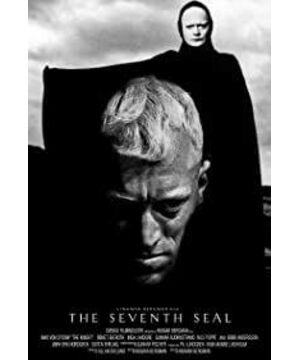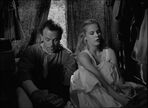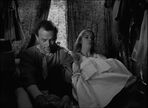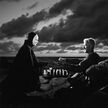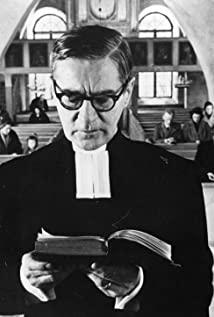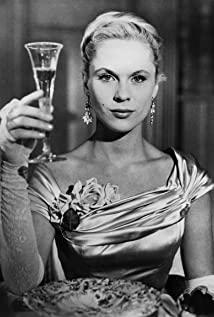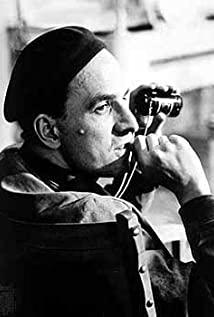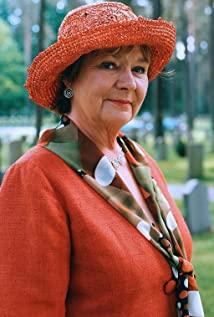I watched The Seventh Seal for the first time when I was 17, and the scenes from those movies have stuck in my mind ever since. When I was in college, I was bored and wrote a record for this movie, which is my afterthought for the movie. In the two years of writing, I have returned to the plot of the film countless times, and those characters have really come to life in my heart, and they have become able to talk to me. I don't think there will ever be a movie like this that I'm so obsessed with. In 287 AD, a Christian-Roman army at Thebes in Egypt was sent to Agaunum (in what is now Switzerland) by the then Roman Emperor Maximian, who ordered the Salvation Army to kill all Local pagans as well as Christians. The leader of the army at the time, the devout Maurice, refused to obey the emperor's orders, and this act caused the emperor's wrath. The tyrant adopted the "Eleventh Law of Killing" to punish the army's rebellion, that is, the army was divided into groups of ten, and one person from each group was drawn and sentenced to death. After several soldiers were executed, the army still did not succumb to the tyranny of the king. Immediately, Maximian gave his last order: kill all the soldiers. Maurice was canonized 150 years after his martyrdom, a local church was erected in his honor, and Agaunum was renamed St. Maurice. Since ancient times, people have liked to use symbolism to cherish the sacred greatness of the past. They let the church rise from the ground, and the creatures that are clearly referred to on the canvas become the common vision of the same people. During the Middle Ages, the scale of the church was unimaginable today. All kinds of churches have been built in every corner. But just like the name of Catholicism itself, what the Church wants to inherit is a kind of "all things are one, all beings are equal" and "I believe in the one, most holy, catholic, apostolic Church" (Et unam, sanctam, cathólicam et apostólicam Ecclésiam), each church has the same basic internal structure to show the spiritual cultivation of the believers for unity and harmony. And such a spatial structure has a strong symbolic color: Jesus is dead, his head is on the altar, the outstretched arms are the corridors on both sides, the nailed hands are the doorways, the legs are the main hall, and The perforated leg is the door through which people enter. The corpse statue (Transi) is a church art that appeared in the late Middle Ages. Just as the deeds of St. Maurice are forever remembered by people through architectural art, the creepy architectural art of the human corpse statue is also to make a certain People and things are not swallowed up by the turbulent flow of history. The greatest significance of the latter's existence is to wake up the world: Memento Mori (people are mortal). This corpse statue in my mind is a monument dedicated to all the innocent refugees who died during the Black Death. It lies just below the crucifix, its rotting head looking up at the fig leaf wrapped around the lower body of the Lord Jesus in pain. , which echoes the fresco "The Triumph of Death" in the cemetery of the Holy Land of Pisa. During the Black Death, third-rate painters from all over the world began to use their clumsy brushstrokes to depict countless Dance Macabre paintings on the inner wall of the church. These simple paintings made the shadow of death spread to the altar. Above, in the Middle Ages, the church was the tomb. People looking for liberation saw the image of the god of death in the church. The church began to be shrouded in terror, and the entire Western world began to collapse. As Michelangelo wrote in a sonnet in his later years: "Painting and sculpture no longer soothe the soul, but turn to the divine love, which, dripping with blood on the cross, embraces us with open arms." When Bullock walked into the altar, the figure of one-third of medieval Europeans kneeling miserably was all concentrated on this silver-haired Crusader knight. The only difference was that the vision that befell him made his doubts about God more concrete. However, being a knight always made him feel the brokenness of his faith, just like a lame believer walking in a palace full of steps in the sky. Whether awake or not, when people's exploration of the inner self is carried out through what may be called only crude imagination, a black swarm will follow. Just like Brock's dialogue with death, all inner conversations are continued across the cracks of time. The frankincense in the dark and the carved oak statue of Christ as a ceremonial instrument make us self-pity and gradually lose all senses. God Are the pictures shown to us through various images only from the inner self, and the symbols from people will become the dead stars in the night sky when the noble death visits? A thousand times the glory of the Originator has shown the coincidence of beginning and end as we have, and the stars have sanctified human pain and hatred at a given moment. The landed plague has turned into art, literature and ballads in an invisible order. Out of fear, art became the eye of catastrophe, and religious buildings became talismans throughout the Middle Ages.
View more about The Seventh Seal reviews


